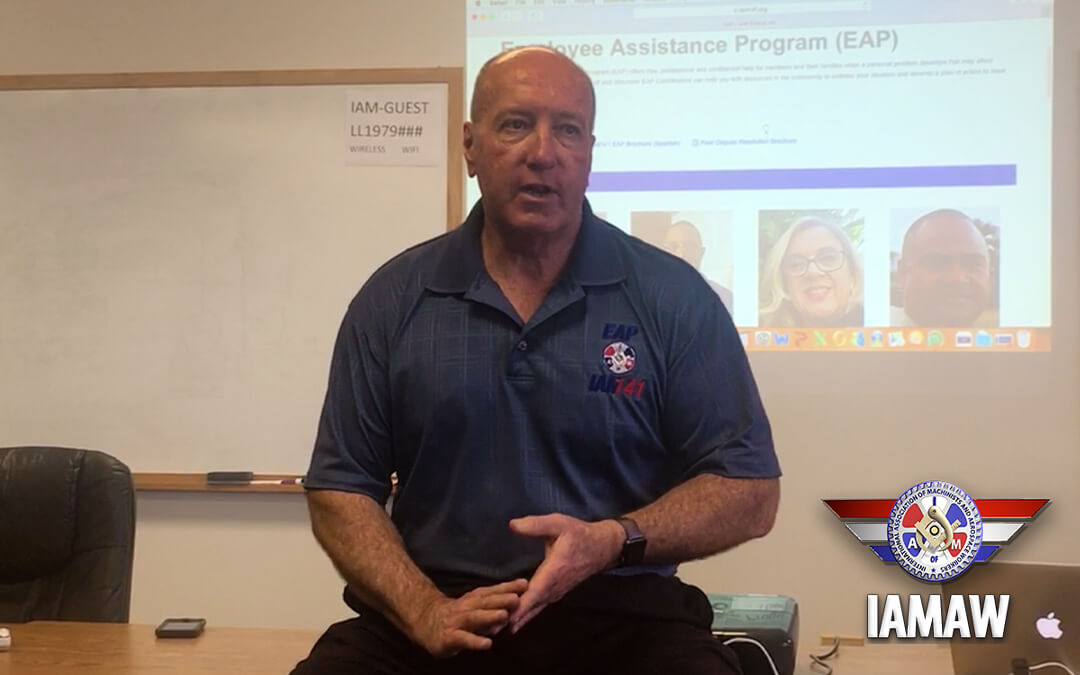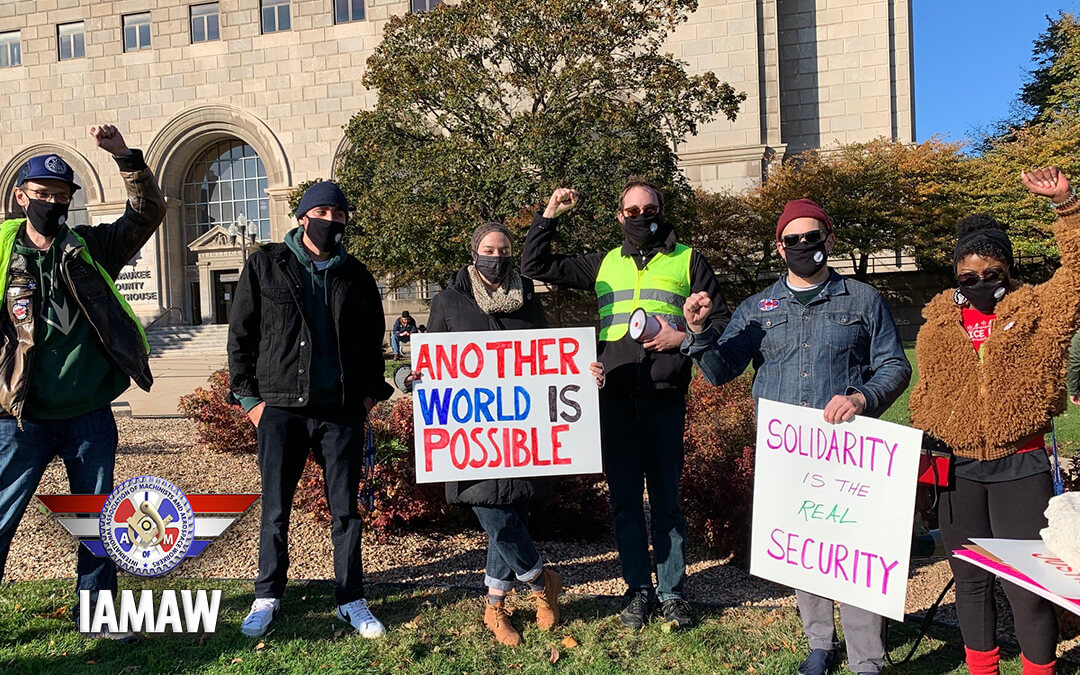
by Eric Price | Nov 25, 2020 | Featured, Featured News, Front Page, GOIAM Stories, Organizing, Page Five, Page Four, Page Three, Perusals, Row 2, Uncategorized
Recently, more than 193 seasonal employees at Seneca Foods vegetable processing facility in Leicester, NY voted to join the IAM. This organizing campaign accomplished something relatively unheard of, filing for an election with just 30 percent of the workforce signing...

by Eric Price | Nov 20, 2020 | Airlines, Community Service Page, COVID, EAP, Featured, Featured News, Front Page, Organizing, Page Four, Page Three, Page Two, Row 2, Uncategorized, Video
141 Report: Employee Assistance Director, Bryan Hutchinson The pandemic has hit airline workers particularly hard, creating a climate of job insecurity, isolation and the potential for addiction. This week, IAMAW District 141 EAP Director Bryan Hutchinson sits down...

by Eric Price | Nov 19, 2020 | Featured, Featured News, Front Page, GOIAM Stories, Organizing, Page Five, Page Three, Page Two, Perusals, Row 2, Uncategorized
Nearly 120 members of IAM Local 2766 overwhelmingly ratified a new contract with Tyonek Services Group. The aerospace workers who maintain helicopters at Redstone Arsenal in Alabama have seen significant improvements in compensation since joining the IAM in 2017. The...

by Eric Price | Nov 18, 2020 | Featured News, Front Page, Organizing, Page Four, Page Three, Page Two, Perusals, Row 2, Uncategorized
Laying the groundwork for Unionizing your workplace Federal law says that if most employees in a workplace want to join a Union, all they have to do is sign a petition telling Federal regulators that they want to unionize and then put the matter up to a vote....

by Eric Price | Nov 17, 2020 | Featured, Featured News, Front Page, GOIAM Stories, Organizing, Page Five, Page Four, Page Three, Page Two, Row 2, Uncategorized
MILWAUKEE, Nov. 13, 2020 – A group of 141 employees of the Milwaukee Art Museum (MAM) voted by 72 percent to join the International Association of Machinists and Aerospace Workers (IAMAW). The vote was held over a three-week period via mail with the ballots tallied...

by Eric Price | Nov 16, 2020 | COVID, Featured, Featured News, Front Page, Page Five, Page Four, Page Three, Page Two, Perusals, Row 2, Safety, Safety, Uncategorized, United
Beginning today, United Airlines is rolling out a four-week trial program that will offer free, rapid COVID testing on flights from Newark Liberty Airport (EWR) to London’s Heathrow Airport (LHR). The new effort, which was first announced by the airline in...







